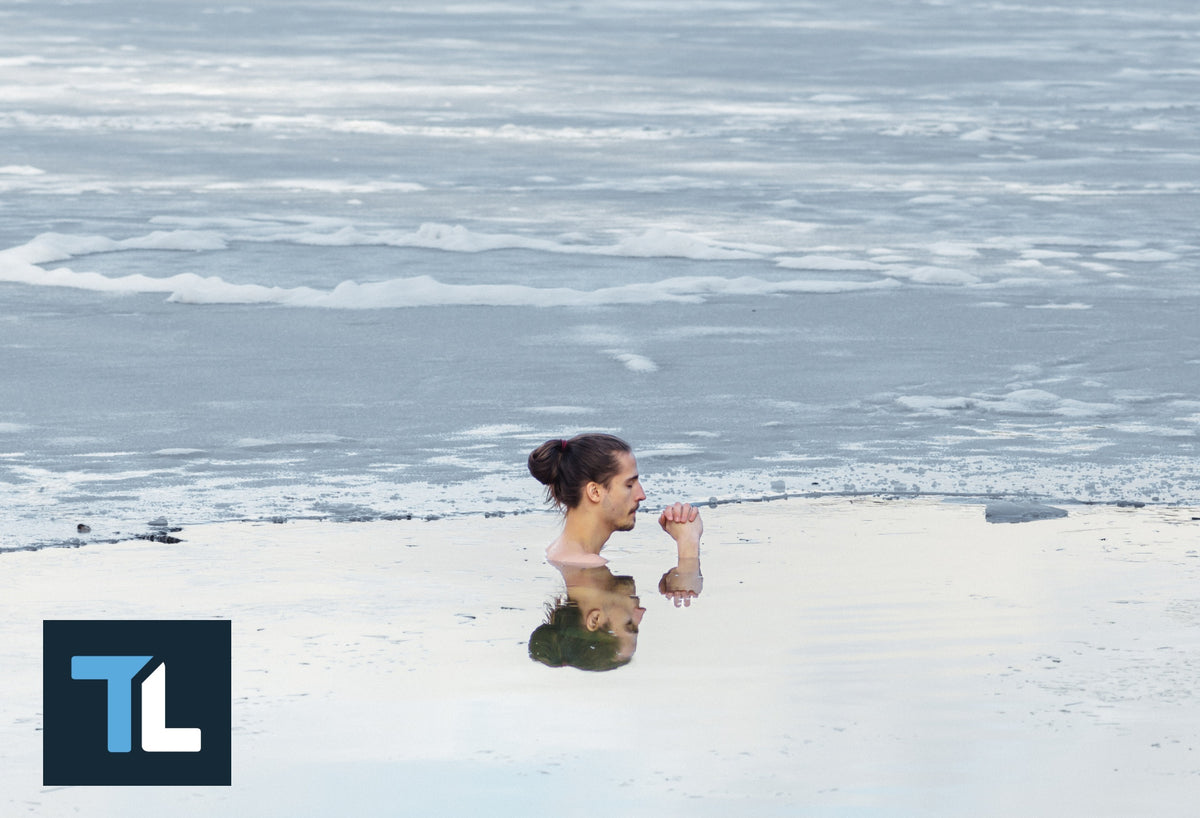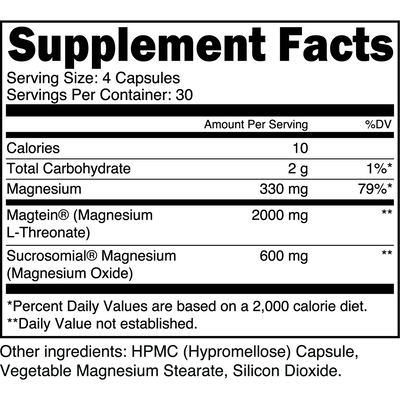Should You Cold Plunge Before or After a Workout? (2024 Analysis)

"Cold plunging" has taken the health and fitness world by (ice) storm in recent years, with many big-name podcasters and athletes advocating for the myriad benefits of cold-water immersion before and/or after working out.
However, many people are quick to jump on the bandwagon without scrutinizing the evidence on cold-water immersion therapy. While there are some merits to cold plunging, empirically speaking, they may not be applicable to everyone—and for a majority of gym-goers, they may outweigh the potential drawbacks.
The narrative surrounding cold plunges suggests they accelerate recovery and enhance virtually every aspect of our physiology and well-being, yet that doesn't paint an entirely accurate picture. In fact, post-workout cold-water immersion might be detrimental for building muscle mass—a chilling thought, isn't it?
So, should you cold plunge before or after your workouts, or is it a bad idea altogether? We're going to take a deeper scientific look at the trendy topic of cold-water immersion in relation to exercise performance and recovery.
What Is Cold-Water Immersion Therapy ("Cold Plunging")?
Cold-water immersion therapy, colloquially referred to as "cold plunging," is an age-old restorative practice gaining traction for its numerous putative health benefits. This form of cold therapy/cryotherapy involves submerging most of your body—typically up to the shoulder girdle—into an ice bath where the temperature is ~50-59°F/8-15°C. Essentially, a "cold plunge" is like taking a bath using (very) cold water instead of hot water.
Immersing yourself in an ice bath causes thermodynamic stress—much like exposure to extreme cold temperatures— that provokes a range of physiological effects. The rapid drop in temperature cues a fight-or-flight response, mediated by the autonomic (sympathetic) nervous system, signaling the body's utmost priority of survival. Thus, cold plunges quickly induce a vasoconstrictive response that increases blood pressure and redirects blood flow from peripheral tissues toward vital organs (e.g., the heart, brain, and liver) to maintain core body temperature.
That might sound "bad" but it's actually the opposite in the grand scheme of things. Cold-water immersion is akin to "training" and "toning" your autonomic nervous system. Just like your muscles require mechanical "stress" to adapt and grow, so does your nervous system (well, at least the adapting part).
It's no surprise that cold plunging has promising long-term effects on mental resilience, stress, and anxiety [1]. Each time you take a cold plunge, the brain and body become more adept at tolerating acutely stressful conditions.
In addition to having psychosomatic effects, cold plunging lessens the inflammatory response to exercise and bolsters lymphatic circulation, helping remove biological waste products from tissues and organs [2]. These mechanisms, in particular, may reduce delayed-onset muscle soreness, feelings of fatigue, and recovery time between intense workouts [3, 4].
Now, let's dig into the main question at hand: Should you cold plunge before or after your workout?
Should You Cold Plunge Before or After Working Out?
The sports medicine community isn't quite in consensus about the benefits of cold plunges, regardless of timing. Several studies suggest that cold water immersion, particularly below 59°F, can be beneficial for recovery from exercise and musculoskeletal injuries/aches, but there are caveats [5, 6].

For example, Roberts et al. (2015) found that post-workout cold water immersion attenuated gains in muscle mass and strength among well-trained males on a weightlifting program [7]. This corroborates more recent data indicating significant impairment of muscle protein synthesis when cold-water immersion is applied after resistance training [8, 9, 10].
Further evidence suggests that cold water immersion after endurance training sessions may interfere with beneficial exercise-induced cellular adaptations [11]. More simply, taking a cold plunge after working out appears counterproductive as it impairs physiological processes that underpin muscle hypertrophy and muscular adaptation.
But what about cold plunging before a workout? Well, this seems to be the better option (in most cases).
Research consistently demonstrates that "pre-cooling" the body before exercise with cold-water immersion can significantly improve performance, especially in hot environments [11, 12]. Cold plunging before a workout may also produce an acute increase in metabolic rate and reduce the perception of pain and exertion during exercise, but it's unclear if this results in substantial long-term benefits [13].
Lastly, a 2017 review of cold-water immersion studies concludes that the benefits of cold-water immersion are most pronounced when used intermittently rather than regularly [14]. Hence, it's prudent to use cold plunging strategically and infrequently rather than as a routine part of every workout.
Do Cold Plunges Cause Blood Vessels to Constrict?
Taking an ice bath before a workout might seem counterintuitive since cold exposure causes vasoconstriction, reducing blood flow. However, this is merely an acute ramification of cold exposure that leads to long-term cardiovascular improvements by increasing blood flow.
As we discussed earlier, extreme cold exposure effectively trains the body to become better at retaining heat, and a strong vasodilatory response (think: blood vessels expanding) countermands the immediate vasoconstrictive response once the body returns to normal ambient temperatures. Therefore, a cold plunge prior to exercise may, in fact, lead to better blood flow and performance.
But remember, taking cold plunges after exercise will cause an acute decrease in peripheral blood flow, and this is likely why muscle growth is inhibited. Your skeletal muscles need ample blood supply for nutrient and oxygen delivery after training (especially important if you drink a protein shake after working out). Anything that reduces blood circulation to your muscles after training is likely to hinder muscle growth.
Cold Plunge Before or After Workout: Weighing the Benefits and Drawbacks
The table below summarizes how cold plunging before and after working out impacts exercise-induced adaptations:
| Exercise-Induced Adaptation | Cold Plunge Before Workout | Cold Plunge After Workout |
|---|---|---|
| Muscle Soreness | Possible reduction of pain/soreness perception during exercise | Can reduce delayed-onset muscle soreness (DOMS) and improve perceived recovery |
| Inflammation | Lower temperatures may have a preventative effect (i.e. protect against exercise-induced inflammation) | Temperatures lower than 59F have significant effect |
| Metabolic Rate | Potential acute increase but unclear if this translates to significant health benefits | No significant affect |
| Recovery of Submaximal Muscle Function | May not significantly enhance recovery | Can enhance muscle recovery; may be useful for professional athletes and those who train frequently (e.g. twice a day) |
| Muscle Mass and Strength Gains | Not directly affected | Attenuates/impairs muscle protein synthetic response to exercise |
To Cold Plunge or Not to Cold Plunge
If you insist on taking a cold plunge before or after every workout, you're probably better off erring on the "before" side as opposed to post-workout. If you've never taken ice baths, it's strongly advised to start with cold showers before going full bore into cold plunges.
Given the current body of evidence, it's sensible to implement periodic cold plunges (e.g. once every week or two) as opposed to making ice baths a habitual practice before or after working out. Aside from the few rare exceptions, such as professional athletes and those who train multiple times per day, frequent cold plunging is unlikely to be beneficial for fitness and body composition purposes.
As "enjoyable" as it may feel to sit in an ice bath after a tough workout, it's not necessarily the best way to kickstart the recovery process for everyone. And if muscle gains are your priority, cold plunging after your workouts may be slowing your progress.









